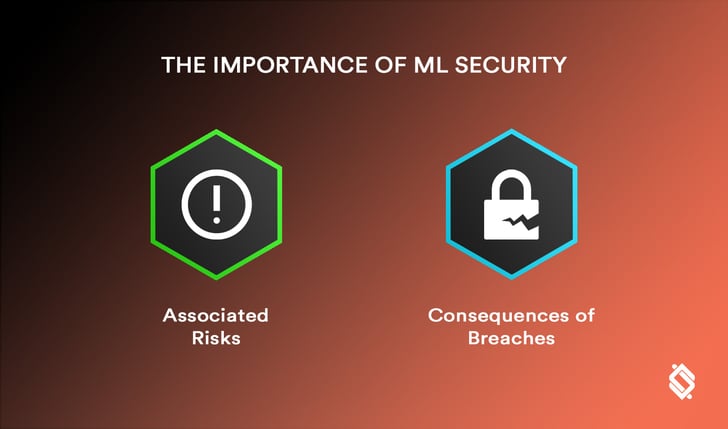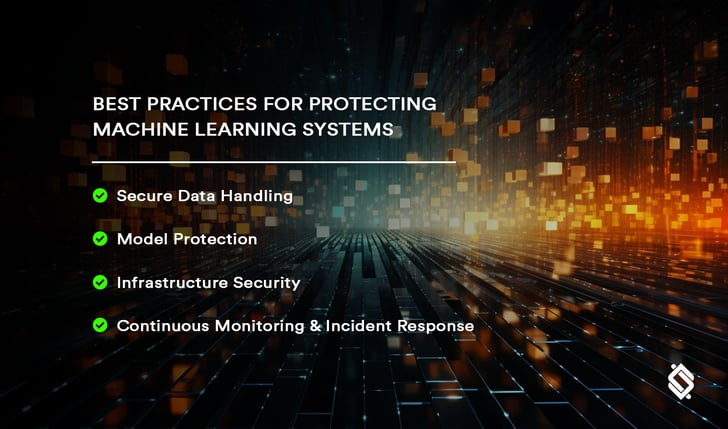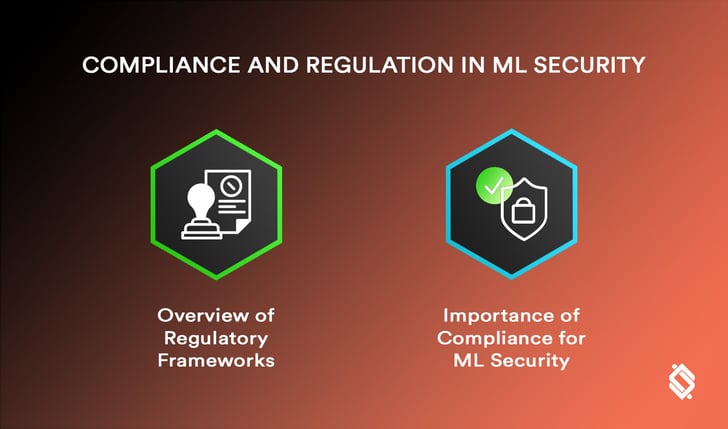In today's digital landscape, data is hailed as the new oil, and artificial intelligence (AI) its refining process. For technology companies, harnessing the power of data and AI can unlock unprecedented opportunities for innovation and growth. However, as the reliance on machine learning (ML) systems grows, so does the need to prioritize their security and integrity. In this blog post, we delve into the realm of MLOps and security, exploring best practices for safeguarding your machine learning systems and data.
The Rise of MLOps

Machine learning operations, or MLOps, refers to the practices and tools used to streamline the deployment, monitoring, and management of ML models in production environments. As organizations increasingly integrate ML into their operations, the need for robust MLOps frameworks becomes paramount. However, amidst the pursuit of operational efficiency, the security of ML systems must not be overlooked.
The Importance of ML Security

Machine learning systems are not immune to security threats. From adversarial attacks aimed at manipulating model outputs to data breaches compromising sensitive information, the risks associated with ML security are diverse and complex. Moreover, the repercussions of a security breach can be severe, ranging from financial losses to reputational damage. Therefore, adopting a proactive approach to ML security is essential for mitigating these risks and safeguarding your organization's assets.
Research shows extensive use of AI contains data breaches faster and saves significant costs
Best Practices for Protecting Machine Learning Systems

1. Secure Data Handling
- Implement robust encryption techniques to protect sensitive data throughout its lifecycle, from storage to transmission.
- Enforce strict access controls to limit data access to authorized personnel only.
- Regularly audit data access and usage to detect any unauthorized activities.
2. Model Protection
- Employ techniques such as model watermarking to deter intellectual property theft and unauthorized model replication.
- Implement version control mechanisms to track changes made to ML models and ensure their integrity.
- Regularly assess model performance and behavior to detect any anomalies indicative of security breaches.
To Protect Machine Learning IP, Model Watermarking Is on the Rise
3. Infrastructure Security
- Utilize secure execution environments, such as trusted execution environments (TEEs), to safeguard ML model inference processes.
- Implement network segmentation to isolate ML workloads from other systems and minimize the attack surface.
- Stay vigilant against emerging threats by keeping software and infrastructure components up to date with the latest security patches.
4. Continuous Monitoring and Incident Response
- Deploy robust monitoring tools to track the performance and security of ML systems in real-time.
- Establish clear incident response protocols to quickly identify and mitigate security breaches.
- Conduct regular security audits and penetration testing to identify vulnerabilities and assess the effectiveness of security measures.
Compliance and Regulation in ML Security

In addition to adopting best practices for ML security, organizations must also navigate the complex landscape of compliance and regulation. Regulatory frameworks such as the General Data Protection Regulation (GDPR) and the Health Insurance Portability and Accountability Act (HIPAA) impose stringent requirements for the protection of personal and sensitive data, including data used in ML systems. Therefore, ensuring compliance with relevant regulations is crucial for avoiding legal ramifications and maintaining the trust of customers and stakeholders.
Machine learning compliance considerations
Conclusion

As technology continues to evolve, so too do the threats to ML security. By embracing best practices for MLOps and security, organizations can fortify their machine learning systems against a myriad of potential risks. From securing data handling processes to implementing robust incident response protocols, every aspect of the ML lifecycle plays a crucial role in maintaining the integrity and security of ML systems. By prioritizing ML security and compliance, technology companies can unlock the full potential of data and AI while safeguarding against potential threats and vulnerabilities.
OUR MLOPS TALENT SERVICES
Unleash Data-driven Innovation with MLOps Talent
Embrace the power of MLOps with our exceptional talent pool. From model deployment to continuous integration, our expert professionals bring a cohesive and agile approach to streamline your machine learning workflows. Let us help you build an MLOps dream team that empowers collaboration, accelerates innovation, and maximizes the potential of your data-driven initiatives in today's fast-paced digital landscape.



